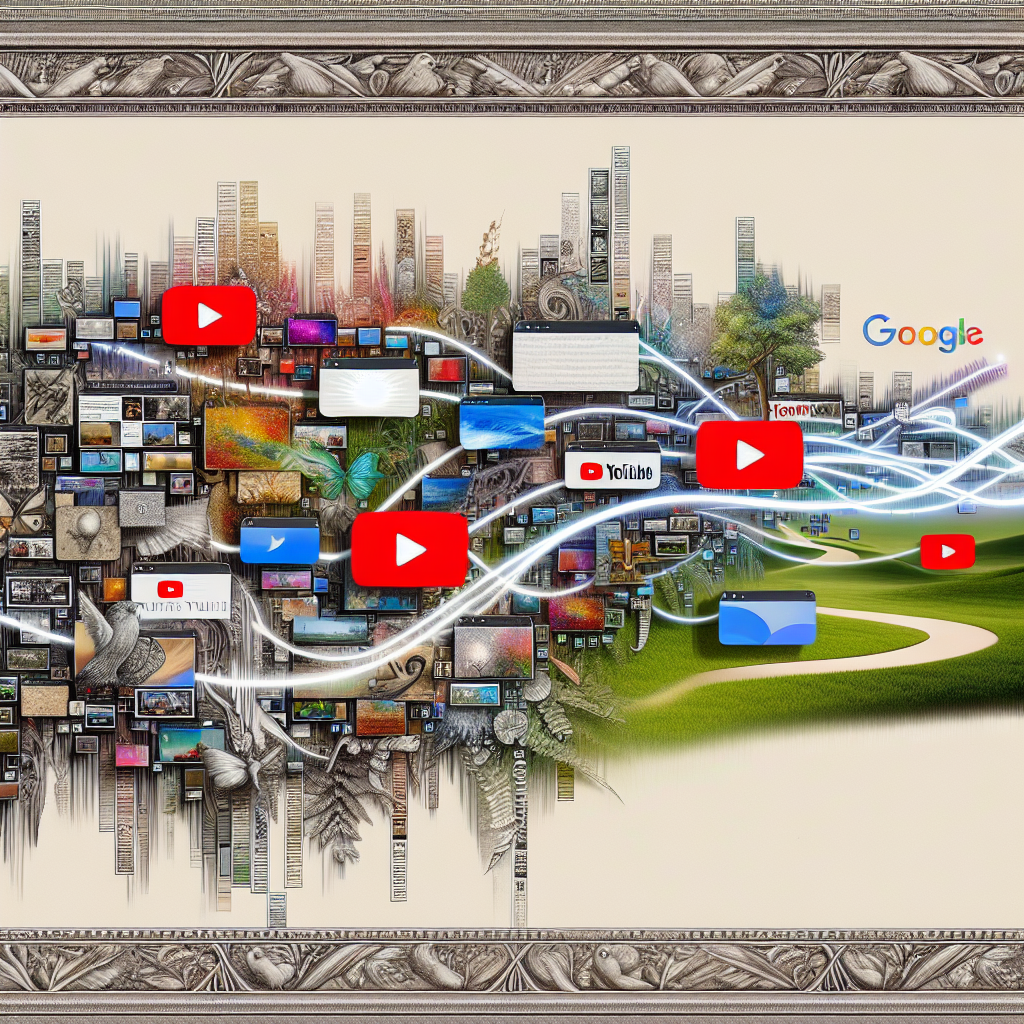Unveiling Google Bard's Groundbreaking Update: A Seamless Integration with YouTube Visuals
In the ever-evolving landscape of artificial intelligence, Google Bard's recent update marks a significant milestone, introducing an unparalleled ability to comprehend both the content and the visuals within YouTube videos. This advancement is not merely an incremental update but a leap forward, transcending the traditional text-based limitations of AI interactions with video content.
Understanding the Update
Before delving into the implications of this update, it's essential to contextualize the capabilities of Google Bard. As a tool, Bard has been part of the AI suite that users have employed, albeit not as extensively as ChatGPT. The latest update has the potential to shift this dynamic by offering features that cater to the needs of heavy YouTube content consumers.
Bard's proficiency in processing YouTube videos goes beyond mere caption extraction. It delves into the video, recognizing and interpreting visual cues, an aspect that was previously not addressed by AI tools or ChatGPT plugins. This update presents a more comprehensive understanding of video content, which could reshape how users interact with and consume video-based information.
Accessing Google Bard's Features
To harness the capabilities of Bard's update, users must engage with the b.google.r update section and activate the YouTube extension. This process unlocks the AI's ability to search and analyze YouTube content effectively. With the extension enabled, Bard can provide a nuanced understanding of videos, bridging the gap between the visual and the textual.
Real-world Applications of the Update
Imagine the convenience of requesting a Thanksgiving turkey recipe and, through Bard, receiving not only textual instructions but also curated video suggestions directly from YouTube. Bard's intelligence allows it to select relevant video content and extract specific details such as ingredients, instructions, and cooking tips, streamlining the user experience by integrating the visual richness of video with the precision of written data.
Analyzing Video Content
The real strength of Bard's update lies in its capability to interpret the tone, style, and target audience of a video. By analyzing these aspects, Bard can prevent users from investing time in content that may not align with their interests or needs. It elevates the AI from a mere search and retrieval tool to an insightful content curator.
Visual Aids in Videos
In educational or informative content, visual aids such as charts and graphs play a pivotal role. Bard's ability to identify and describe these elements in a video can significantly impact how users gauge the value of the content without watching it in its entirety. This feature is especially crucial in fields where data representation is key to understanding complex information.
Limitations and Future Enhancements
Despite the remarkable progress, Bard's update is not without its limitations. A noteworthy example is the inaccuracy in linking directly to a specific time code within a video for displaying visuals. Overcoming this hurdle would further enhance user efficiency by providing direct access to pertinent segments of a video, a feature that would undoubtedly come to fruition as Bard evolves.
Target Audience Recognition
Recognizing the specific demographics that a video targets is another aspect where Bard shines. This ability aids users in determining whether the content is suited to their expertise level or interests, acting as a personalized filter for the plethora of video content available online.
User Engagement and Video Feedback
In a landscape where user feedback is vital, Bard's update facilitates the analysis of viewer engagement and common reactions. This is particularly invaluable for content creators seeking to refine their work based on audience feedback, as well as viewers discerning the worthiness of a video based on the community's response.
The Future of AI and Video Content
This milestone update from Google Bard has set a new standard for AI interaction with video content. While currently there is no alternative platform offering a similar level of integration with visual content, it's exciting to ponder the possibilities that lie ahead as AI continues to permeate the realm of digital media.
In the interim, users and content creators alike can dive into the world of enhanced AI understanding and explore the myriad of capabilities that Bard has to offer. As the tool learns and grows, so too will the sophistication with which we engage with video content across platforms like YouTube.
Conclusion
Google Bard's latest update represents a significant leap in the domain of AI, epitomizing a shift towards a future where the lines between visual and textual content comprehension are increasingly blurred. As AI continues to expand its horizons, navigating these new waters will be an enthralling journey for users, developers, and content creators alike.
For those interested in further exploring the intersection of AI and visual media, additional insights can be found on the official YouTube Creators Blog. While not directly related to Bard's update, the blog provides valuable context for how AI impacts video content and interaction on the platform.
